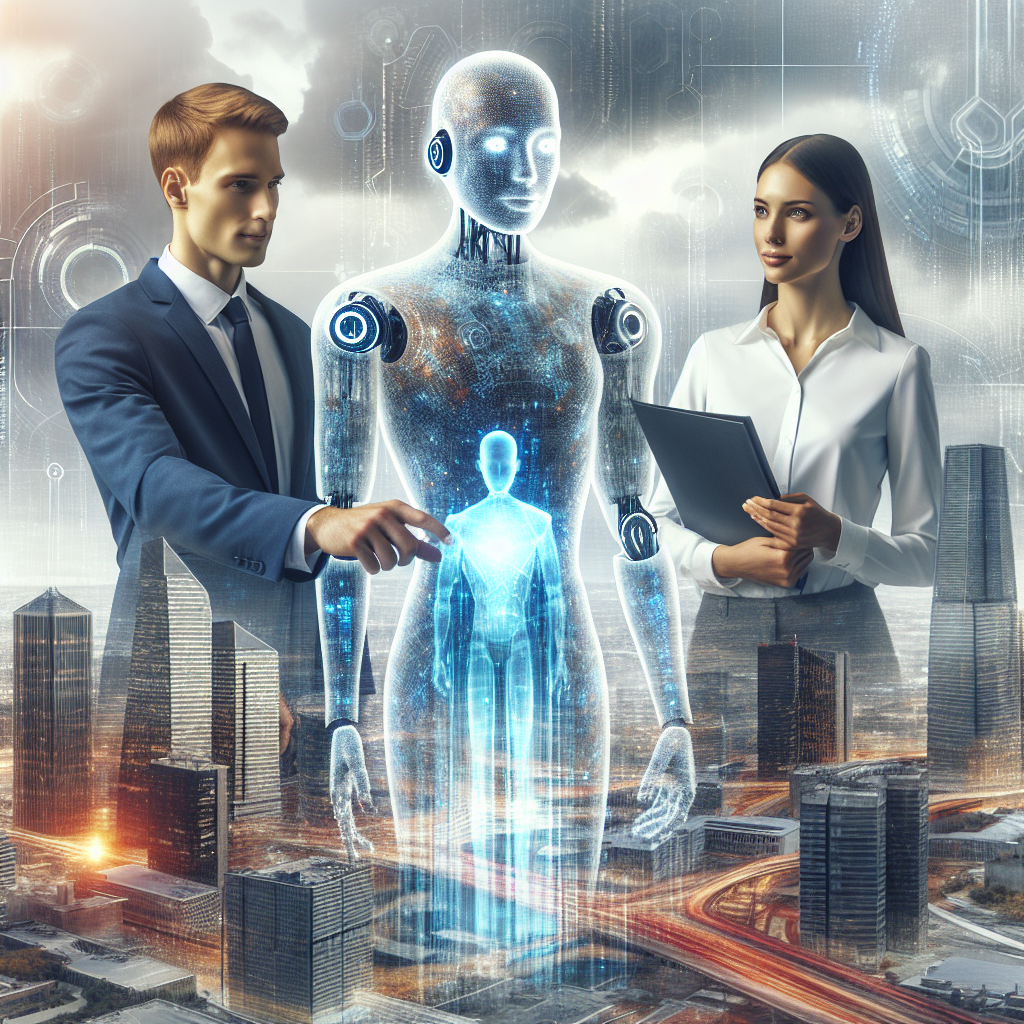AI Deployment in Workforce Development: Improving Job Training
In recent years, artificial intelligence (AI) technology has been rapidly advancing and transforming various industries. One area where AI has the potential to make a significant impact is in workforce development, particularly in improving job training programs. AI-powered tools and platforms can help streamline the training process, personalize learning experiences, and ultimately better prepare individuals for the workforce.
AI deployment in workforce development can benefit both job seekers and employers. For job seekers, AI can provide personalized training programs tailored to their specific skills and career goals. This can help individuals acquire the necessary skills and knowledge to succeed in their desired field. For employers, AI can help identify and fill skill gaps within their workforce, ultimately leading to a more productive and efficient work environment.
One of the key advantages of AI in workforce development is its ability to analyze large amounts of data to identify trends and patterns. This data-driven approach can help training programs be more targeted and effective. For example, AI can analyze job market data to identify in-demand skills and create training programs that align with these needs. Additionally, AI can track the progress of individual learners and provide real-time feedback to help them improve their skills.
Another benefit of AI in workforce development is its ability to provide personalized learning experiences. AI-powered platforms can assess the skills and knowledge of individual learners and tailor training programs to meet their specific needs. This can help individuals learn at their own pace and focus on areas where they need the most improvement. Personalized learning experiences can lead to higher engagement and retention rates, ultimately leading to more successful outcomes for job seekers.
AI can also help make job training programs more accessible and inclusive. AI-powered tools can provide language translation services, accessibility features for individuals with disabilities, and other accommodations to ensure that all individuals have equal access to training opportunities. This can help bridge the skills gap for underrepresented groups and create a more diverse and inclusive workforce.
Overall, AI deployment in workforce development has the potential to revolutionize job training programs and better prepare individuals for the workforce. By leveraging AI technology, training programs can be more targeted, personalized, and accessible, ultimately leading to more successful outcomes for job seekers and employers alike.
FAQs:
Q: How is AI being used in workforce development?
A: AI is being used in workforce development to analyze data, personalize learning experiences, and make training programs more accessible. AI can help identify in-demand skills, create targeted training programs, and provide real-time feedback to learners.
Q: What are the benefits of AI in job training?
A: AI in job training can help individuals acquire the necessary skills for their desired field, help employers fill skill gaps within their workforce, and create more productive and efficient work environments. AI can also provide personalized learning experiences and make training programs more accessible and inclusive.
Q: How can AI help bridge the skills gap?
A: AI can help bridge the skills gap by identifying in-demand skills, creating targeted training programs, and providing personalized learning experiences. AI can also track the progress of individual learners and provide real-time feedback to help them improve their skills.
Q: What are some examples of AI-powered tools in workforce development?
A: Some examples of AI-powered tools in workforce development include virtual reality training simulations, personalized learning platforms, and automated assessment tools. These tools can help individuals acquire new skills, improve their performance, and better prepare for the workforce.

